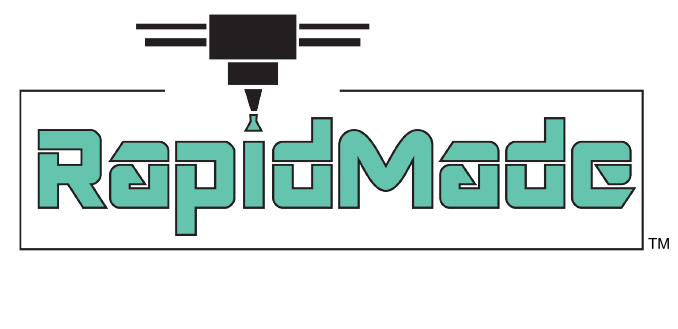Dr. Avsar holds facial mask (Photo Credit: 3Dprint.com
If you've ever had plastic surgery - or had to decide whether to have it - you understand the anxiety of not knowing what you'll look like. After being diagnosed with nasal skin cancer , I had MOHS surgery to remove the basal cell carcinoma, and while the surgery itself was successful, the skin flap used to cover the site left an obvious scar and collapsed (misaligned) nostril. Subsequent procedures improved its appearance, but my plastic surgeon is recommending rhinoplasty to correct the deviated septum.
Having faced (pun intended) three surgeries and post-op care, I'm not keen to go through it again - although it'd be nice to breathe better. Yet I worry about what it will look like. Drawings can't capture or convey exactly how my nose (with its thickened scar tissue and pulled nostril) will appear.
But now, a cosmetic surgeon is 3D scanning his patient's faces, manipulating the resulting 3D models to depict their post-operative appearances and printing "before" and "after" masks on a 3D Systems Colorjet printer. What makes this such an effective tool is that it is a replica of the patient in his or her current and future states, reducing the unknown.

